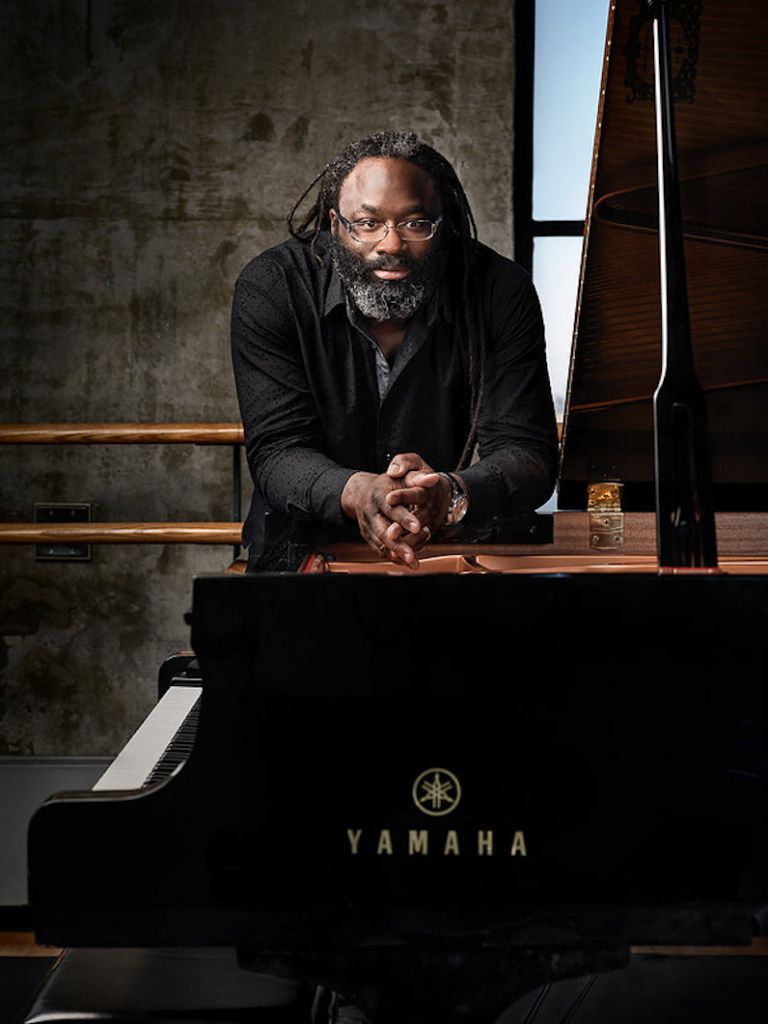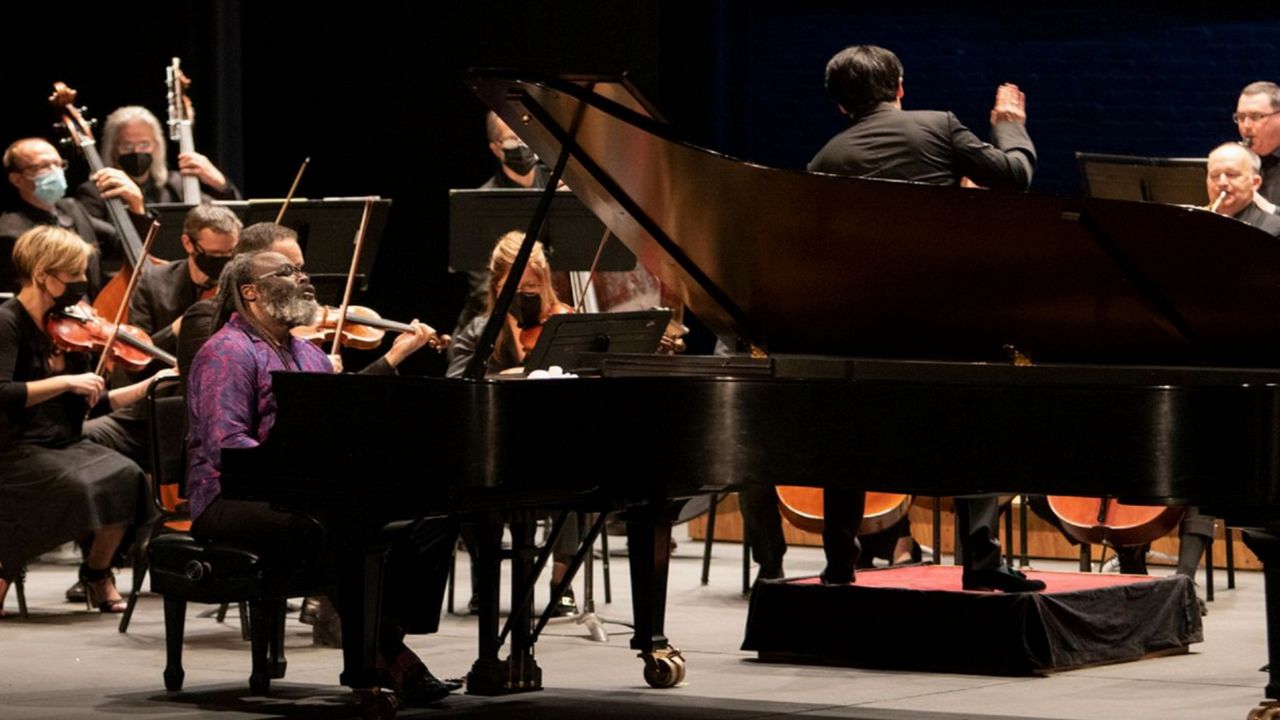CINCINNATI — A Cincinnati-based piano competition aims to give Black student artists from across the country a platform to showcase their skills in front of some of the top performers in the world.
It also offers them professional experience and the possibility of winning thousands of dollars in prize money to help them get their careers off the ground.
What You Need To Know
- The inaugural Nina Simone Piano Competition is taking place June 21-24 at CCM
- The competition is for Black American pianists between the ages of 10 and 35
- Awadagin Pratt created the contest to showcase talented Black artists
- Beyond offering prize money, competitors will have a chance to meet with concert presenters and orchestra leaders from across the country
The inaugural Nina Simone Piano Competition is taking place June 21-24 on the campus of the University of Cincinnati College-Conservatory of Music (CCM). The biennial competition gives young Black American pianists, ages 10 to 35, a chance to shine in front of a distinguished audience of potential mentors, fellow musicians and concert presenters.
Winners of each of the three age groups will also go home with a cash prize of up to $50,000. They’ll also receive professional opportunities, including acceptance into the Art of the Piano showcase. Three finalists will get to perform with the Cincinnati Symphony Orchestra (CSO) in October.
Performances begin Wednesday night at Werner Recital Hall.
Celebrated pianist and educator Awadagin Pratt created the competition as a way to get more Black artists on concert stages. His big break came in 1992 when he won the prestigious Naumburg International Piano Competition. At just 26, he became the first African American instrumentalist to win the award.

“I realized I had this really great support system growing up, but many young pianists don’t have that,” Pratt told Spectrum News when he announced the contest in March 2022. “We decided to step in and provide a platform for these young African American pianists to get both the exposure and mentoring they deserve.”
Pratt, who is a former piano professor at CCM, named the competition in honor of Nina Simone, a trailblazing American singer, songwriter, pianist and civil rights activist. He did so, in part, to let young artists know that they’re not alone.
“I speak with students who cannot elevate their thoughts about what’s possible for their careers, because they have only seen me, and André Watts as having careers on the concert stage,” he said. “They haven’t seen the Terrence Wilsons, the Stewart Goodyears, and others.”
Pratt has been on what he calls the “front lines” of the classical music industry for the past 30 years. There’s been recent progress in offering opportunities to more diverse populations of artists, he said. But he stressed that only recently have concert presenters and orchestras “actively and purposefully” worked to better integrate their stages and audiences.
Pratt, artistic director of the Art of the Piano Foundation and Festival, said giving more Black American performers a chance to play on a major stage is good for classical music. It will lead to new commissions and works and also add more diverse voices to the genre’s canon.
Harold Brown, the CSO’s chief diversity and inclusion officer, acknowledged the orchestra field’s “history of bias and discrimination.” He noted that the classical music field has lost out on valuable contributions by generations of women, people of color and other disenfranchised groups and individuals.
“We know from research that a lot of African American and Latinx kids play instruments but drop off because they are not seeing people who look like them and not getting the idea that this is something they can do for a living,” added Brown, who joined the CSO in a new position in 2021.
Besides being the right thing to do, supporting diversity also makes business sense, Brown said. Across the classical music industry, subscription sales and attendance have been dropping in recent years, and audiences are getting older, he said.
“Too many young people are turned off by classical music because they see it as an elite and exclusionary art form,” he added.
He mentioned that CSO and other arts organizations now face increasing expectations from philanthropic foundations, government entities and the public that they become more diverse and inclusive.
The CSO has committed to increasing diversity through several initiatives, ranging from a celebration of a Multicultural Awareness Council to a diversity fellowship partnership with CCM. The dual-track program aims to offer opportunities for exceptional string players from backgrounds that are underrepresented in classical music.
The CSO also has what it calls a Musician Hiring Task Force. It’s a joint musician-management group focused on examining the advertising, recruitment, audition and onboarding/tenure process to ensure equity in hiring, Brown said.
“There needs to be more representation in the field showing musicians of color performing at the highest levels,” he added. “This sentiment also applies to women, and also for conductors, administrators and pretty much every area of our organizations.”
Pratt praised CCM and CSO for supporting the Nina Simone Competition.
He believes the partnership has the power to create a network of Black artists. That will only make it easier to find professional opportunities, he said; however, it will also offer needed support to performers as they move through the various stages of their careers.
“(We’re providing) a tremendous platform for the competitors,” Pratt said.





